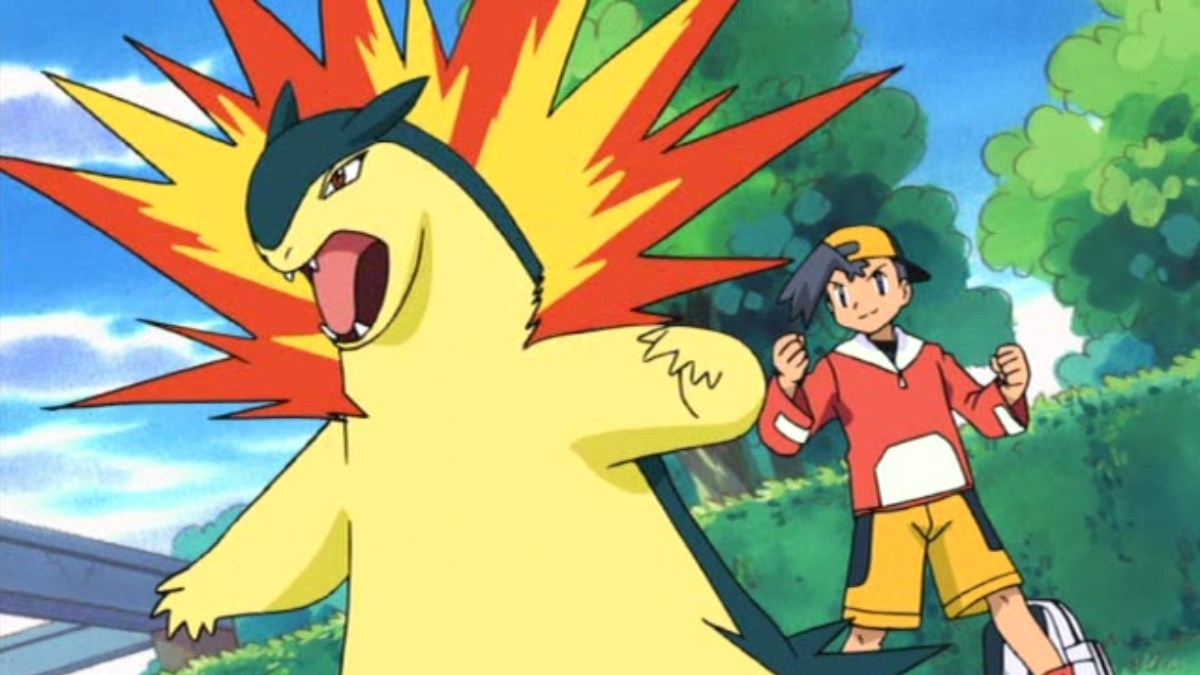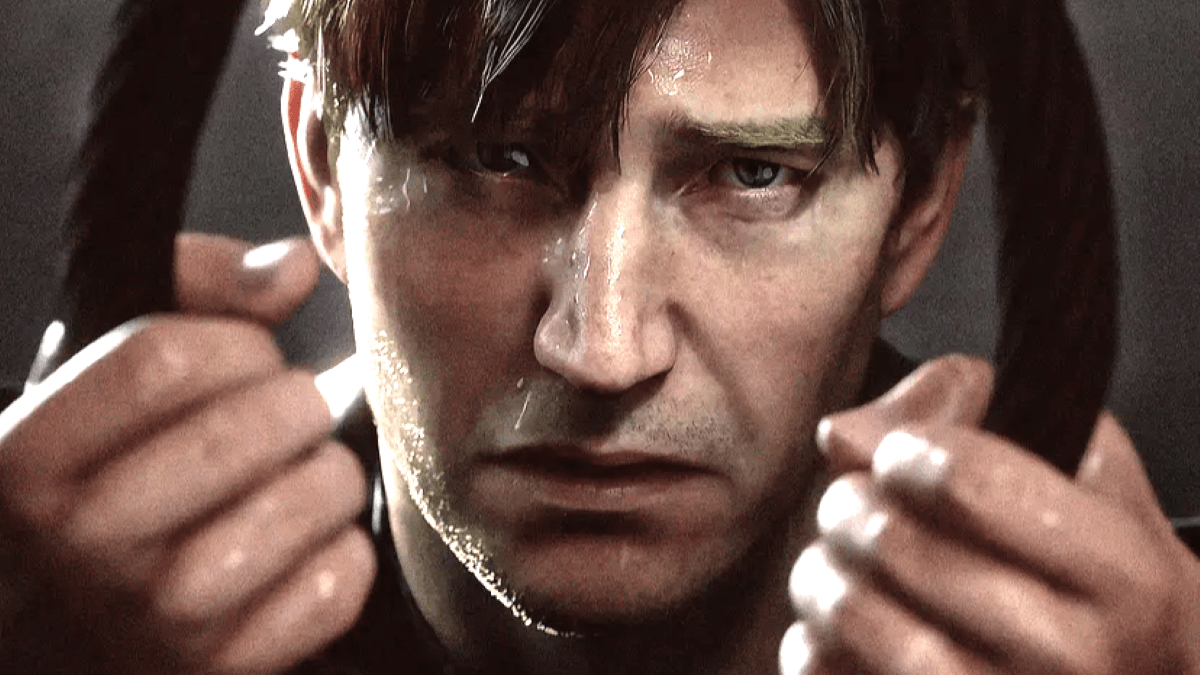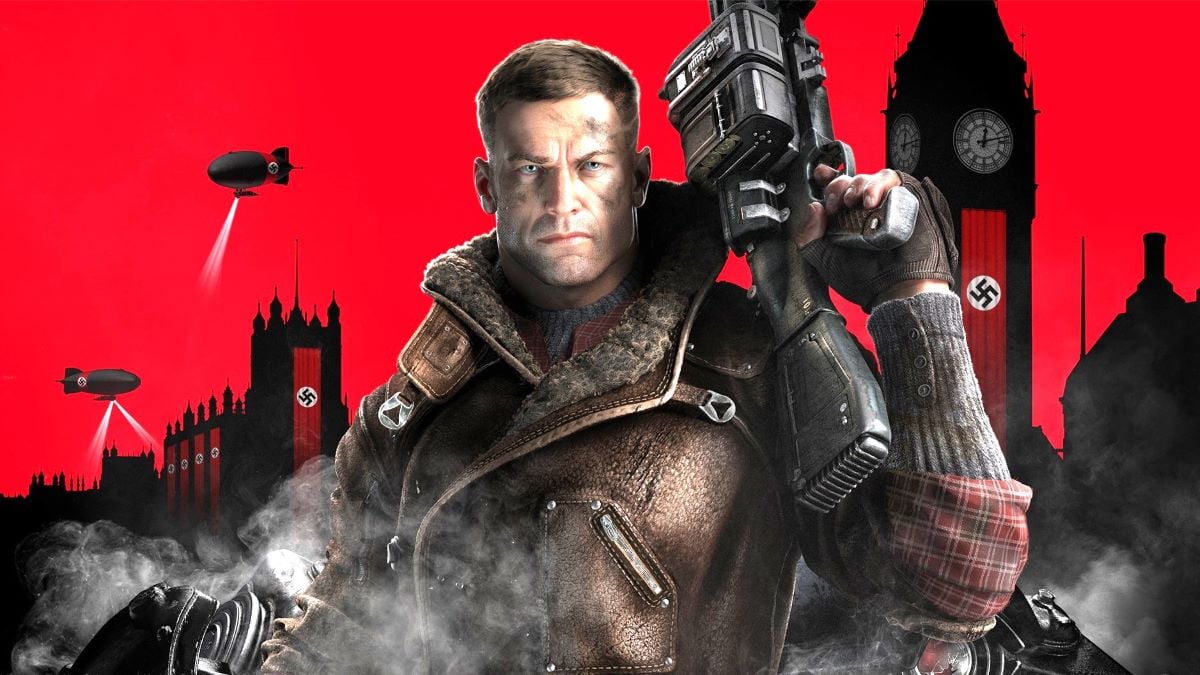
It’s that time of year again and for what feels like the 300th September in a row, the footballing battle lines have been drawn between the only players in town, Konami and EA. Last year, everybody was quite surprised at exactly how much Pro Evolution Soccer had improved over the previous annual instalment, to the point that some pretty big flaws were overlooked, especially when it came to the performance of the game’s goalkeepers and referees. We won’t even talk about the out of date player rosters that Konami took months to fix.
But what of this year?
Initially, it doesn’t look like much has changed in Pro Evolution Soccer 2017. Konami is boasting of a “completely new menu design throughout the game” but you’d be hard-pressed to find it, given that the front end looks the same as last year. But the devil is in the detail. Little things such as improved negotiation options and countdown timers on the final day of the transfer window in the Master League make for a more in-depth and realistic experience, and improvements to the player growth system, allowing players to learn new skills and abilities, mean that the youth team system takes on a whole new look.
These alterations are welcome, but that isn’t to say that the off-pitch game changes by anything like as much as it should have. When playing the Master League with the default team (which long-time fans will rightly tell you is the way it should be), the action is compelling and challenging, right up until you suddenly get a wave of youth players come through who are better than your entire team. Or until you realize that you can sell your entire squad and buy a newer, better one, in about 15 minutes due to the fact that transfers are way too easy. Or until you finish 22nd of 24 teams in the 2nd division and get offered the job of manager of the Spanish national team. There are some nice surprises here and there, but wider-ranging changes were needed. “Become a Legend” mode is practically identical to the 2016 version, for example.
A new “Versus” mode is a decent inclusion which allows for records to be kept for those late night offline battles against your friends. As well as tracking your respective win/loss records, it keeps tabs of in-depth statistics and playing tendencies, which could help add a little spice to proceedings for those who like to take each other on offline. All of the information is available at a glance and is well done. You can even study your own play by playing a few matches against the AI in Versus mode, if that appeals, and similar play style comparisons are now present in PES’ Ultimate Team-alike myClub.
MyClub has this year undergone something of an overhaul with regards to how players are signed. After each match, you now earn a scout that has a specific speciality. You can use that one scout to sign a player from a pool of thousands (which will probably be average at best) or use up to three scouts to narrow things down. So, you can have a scout that specializes in tall players, along with one that knows all about quick players and one that focuses on youth. If the target pool then only shows one player, you’re guaranteed to get him. If it shows more than one, you’ll get a random pick. Scouts can be purchased at auction to make things a little easier, but you can still also use agents to sign players, which makes things somewhat confusing. When you get the hang of it, myClub works as it should and although the “Team Spirit” meter is affected by a lot more things than in FIFA’s Ultimate Team, Konami’s effort doesn’t offer a great deal more than EA’s alternative.
But even though the changes off the field are either hit and miss or non-existent, it’s the action on the park that provides the evolution that’s baked right into the game’s title.
[zergpaid]The major issues have been all but ironed out. AI players can now actually commit fouls and referees will call them, for a start. This change doesn’t come without concerns though. When it comes to refereeing decisions in general, it’s hard to tell if Konami has tried to build in a hint of realism with regards to the refs making mistakes, or if players can get away with murder due to failings in the physics engine. A harsh tackle from the side where the player clearly gets the ball before clattering into the opponent might see you penalized with a straight red card, rather than getting away with it as per the facts of the situation. Then an attempt to acrobatically clear the ball that goes awry and ends up with a defender kicking a striker in the midriff and preventing a clear shot on goal might be waved on as if no foul was committed.
The balance sometimes feels realistic and at other times way off-kilter, although the man in black is always overly cautious about awarding penalties, to the point that clear spot kicks are often not given. Refs do make mistakes in football of course, but the officials in PES 2017 often ride the line between realistic and ignorant a little too closely. I should stress that it isn’t that every other foul is missed or called incorrectly, rather you’ll find that a dubious and usually notable decision is made every now and again, slightly more often than you’d like. It certainly doesn’t make things any less entertaining.
Goalkeepers have also been amended. Better than that, the issue where you were all but guaranteed to beat them from anywhere in front of goal has been eradicated and new logic has been thrown on top of that fix, to boot. Keepers can now truly be pressured by crowds of players so unlike in every other football game in history, if the man between the sticks decides to come out to grab a corner, it isn’t a foregone conclusion that he’ll end up with the ball in his hands. He might be forced to try to punch it away or get caught in two minds and end up fumbling the catch.
As with the refereeing changes, a situation where a goalkeeper can be pressured into making a mistake isn’t something that happens every single time or even in every single match, and this adds to the organic feel of things. Keepers are better in general outside of this, especially when it comes to long distance shots and reacting to changes in the direction of the ball. It means that on higher difficulty levels, beating the defence and crafting a chance is one thing, but scoring a goal is a real achievement.

Adding to that feeling are some other minor edits that have major repercussions. Tweaks to the shooting system mean that picking up a loose ball on the edge of the box after a corner kick isn’t always an opportunity to leather it the first time in the hope of scoring a long-range screamer. It’s actually difficult, timing wise, to score a goal from outside of the box and that timing becomes even trickier if the player you’re taking the shot with isn’t a superstar.
That can be said for shooting in close range situations, too. Sometimes a defender will end up with the ball in the box and have a clear opportunity, but your chance of slotting it home is lowered considerably due to the fact that goal scoring isn’t his thing. Sometimes they’ll get lucky and jam it in the bottom corner but it soon becomes apparent that if you’ve got the wrong player in the right position, it might be a better idea to control the ball and keep possession, spraying it back out to the wing to try to craft a higher percentage chance.
When on the wings, crossing is trickier than last year, to the point that hitting a target in the box also takes a degree of skill and judgement. Heading a ball into the net from a cross also requires better timing than before, too. Be prepared to miss the ball entirely or see it bounce off your striker’s back a few times before you get the hang of it.
Crucially, adaptive AI means that creating a chance in the first place is trickier, despite the improvements to the on the fly general tactical commands which now allow for a great deal more control than before. If you’re constantly playing the ball down the right to your speedy winger, there’s a good chance that the opposition will try to mark him out of the game by doubling up coverage. During the course of this review, there were even times where the opposition appeared to be happy to commit a foul on my star playmaker, as it was a better tactical option than letting him keep the ball to cause a threat. It feels good to have to constantly be trying to find ways of breaking down opponents that also change their approach with the ebb and flow of the match. New quick tactics for corner kicks also add variation and can be lethal, if you use them correctly.
Player stamina is also more nuanced than it was previously. As you’d expect, players run a bit slower when they’re low on energy, but they now also make mistakes. As commentator Peter Beglin reminds us too often (since commentary has been improved, but not by much): “When the body goes, the mind sometimes goes with it,” and that’s never been more prevalent in a football game than it is here.
That tactic that you tried and failed with right after kick off could work when you’re 88 minutes into a high-tempo match, since a tired defender might not be as alert to the threat. Your fresh but diminutive midfielder that would usually be muscled off the ball easily might be able to give a bit back to a defender that’s been in full panic defence mode for 75 minutes.

In fact, when it comes to action on the field, the only real complaint that can be found is to do with the instant replays. Konami still insist that you have to press the tiny Options button to skip each scene of a replay – which are more numerous than before – and there’s no ability to turn them off entirely. The playback may be nice to look at – as is most of the game – but the freeze as a replay starts or just after it finishes is also unwelcome. It may be a little thing to comment on, but when you’re gritting your teeth and trying to find a breakthrough against a stubborn opponent, it can be a real stick in the spokes when you’re having to skip replay after replay.
But even with that said, I can’t reiterate enough that seemingly little changes make for big and welcome differences in Pro Evolution Soccer 2017’s gameplay. Previously, and the same could be said of FIFA, there was a tendency for matches to feel more or less identical, because teams would play the same way each time no matter what tactic they had been set to use or which opponent they were facing. That isn’t the case here. Matches feel truly organic and as if they have a life and excitement about them that just hasn’t been seen before in either of the main franchises. It should also be noted that there are no sudden unexplainable comebacks or miracle breakthroughs from CPU opponents when you’ve dominated them for the entire match, either – unless you make a mistake, of course – and that also adds to the realism. Opponents fight to get back into a game, but there’s never the feeling that you’ve been somehow screwed over if you do concede a late goal.
If you play at a suitably challenging difficulty level, Pro Evolution Soccer 2017 will still be providing entertainment well up to the point that next year’s inevitable edition is launched. The alterations on the field flow back into the relatively unchanged modes such as the Master League, making them more compelling than ever before. FIFA may play a good game of FIFA, but PES 2017’s team roles, skills, abilities and the new adaptive AI have a genuine effect on how things play out when you’ve got the ball at your feet, meaning that it’s a fantastic simulation of actual football.
This review is based on the PlayStation 4 version of the game, which we were provided with.



















Published: Sep 14, 2016 10:07 pm